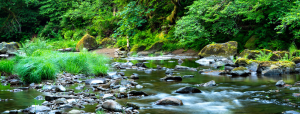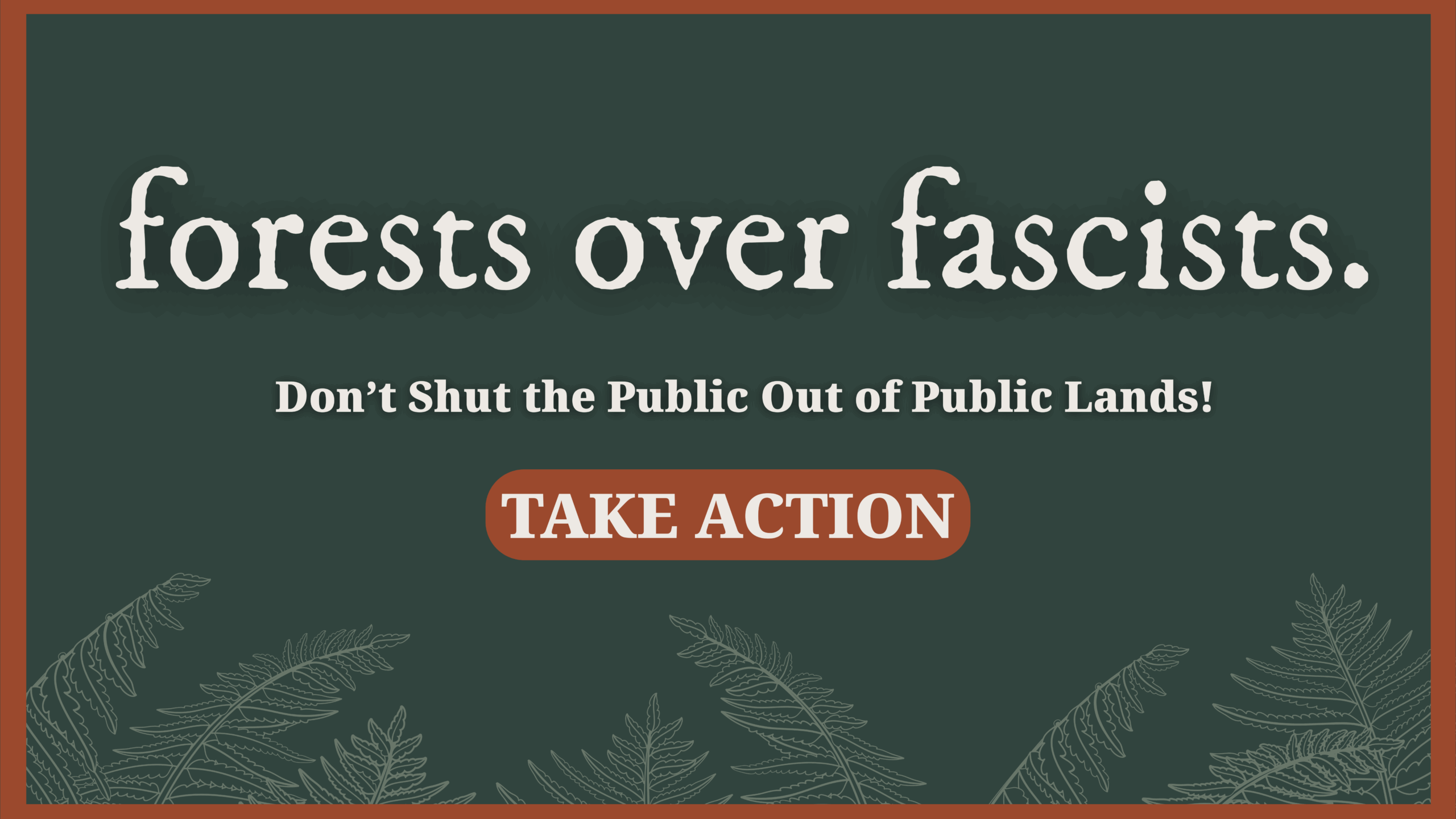Just days before the quarterly meeting of the State Land Board, Governor Brown released a framework for her plan for the Elliott State Forest. Though not an action item on the agenda for the Tuesday, February 14, 2017 Land Board meeting, the Board is set to hear an update on the potential sale of the forest from the Department of State Lands. The DSL staff report on the issue again asks the Board for direction on whether and how to proceed with privatizing the Elliott State Forest as described in a proposal submitted by Lone Rock Timber in December 2016.
 The Governor’s plan would (1) keep the Elliott State Forest in public ownership, with either the state or tribes owning the land; (2) pursue $100 million in bonding to “immediately decouple a portion of the forest from Common School Fund trust lands,” focusing on high value habitat, including riparian areas, steep slopes, and old growth stands; (3) pursue a Habitat Conservation Plan (HCP) with the Federal Services “that would allow for sustainable timber harvest while protecting endangered species,” expecting to harvest an average of about 20 million board feet per year; and (4) “work with the tribes to regain ownership of their ancestral lands while protecting the Common School Fund.”
The Governor’s plan would (1) keep the Elliott State Forest in public ownership, with either the state or tribes owning the land; (2) pursue $100 million in bonding to “immediately decouple a portion of the forest from Common School Fund trust lands,” focusing on high value habitat, including riparian areas, steep slopes, and old growth stands; (3) pursue a Habitat Conservation Plan (HCP) with the Federal Services “that would allow for sustainable timber harvest while protecting endangered species,” expecting to harvest an average of about 20 million board feet per year; and (4) “work with the tribes to regain ownership of their ancestral lands while protecting the Common School Fund.”
Cascadia Wildlands is encourged by the Governor’s leadership toward finding a lasting solution for the Elliott State Forest that maintains the forest in public ownership. There are still a number of details that need to be worked out and elaborated on, and we look forward to continuing to work toward a solution that safeguards all the public values of the forest, including protecting old growth and mature stands, wildlife habitat, clean air and water, and recreation.


